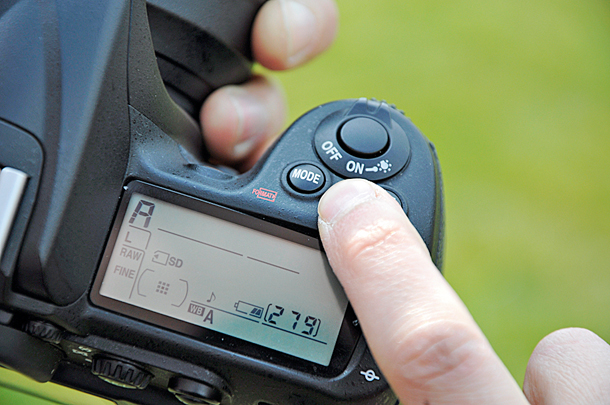Bird photography tips: how to shoot pin-sharp pictures of birds of prey
Be faster than a falcon

Birds of prey are some of the most exciting wildlife subjects you'll ever photograph, but their fast movements and the bright sky behind them pose big obstacles for photographers. Here you'll find our best bird photography tips and ideas for taking pictures of birds of prey.
In this tutorial we'll explain how to shoot pin-sharp bird portraits, and our subsequent posts will offer bird photography tips for taking pictures of birds in flight and how to photograph through wire cages.

The majestic presence of birds of prey and their elegance in flight makes for striking bird portraits and on-the-wing action photos alike.
Birds of prey are notoriously tricky to find and photograph in the wild, but luckily there's an easier option: visit a local falconry centre and you'll be able to get a lot closer to birds of prey than you would in their natural habitat.
We headed to the Barn Owl Centre in Gloucestershire, England, where their resident Eagle Owls, Buzzards and Barn Owls are much more used to humans and camera flashes than their wild counterparts.
An Eagle Owl staring beadily down the lens with a gorgeous shallow depth of field makes for a fantastic wildlife shot, and the good news is that it isn't hard to achieve with a little patience.
All you have to do is follow our bird photography tips and remember to be patient. Wild animals aren't expected to be well behaved, and even trained ones in specialist falconry centres can take a while to coax into posing; we spent an hour waiting for Kaln, this gorgeous Eagle Owl, to come down from a tree and model for us!
Get daily insight, inspiration and deals in your inbox
Sign up for breaking news, reviews, opinion, top tech deals, and more.
Bird photography tips for perfect bird portraits: steps 1-2

01 Go telephoto
You don't need masses of specialist kit to shoot bird portraits. If you're just starting out, you'll be able to get by with just a kit lens and your DSLR, but a telephoto zoom lens with a 300mm, or even 400mm, setting is a great asset for really striking wildlife shots.

02 Three legs better
Another piece of kit that will make a big difference to bird portraits is using a tripod. We added a Vanguard BBH200 ball head to our Manfrotto tripod, as ball heads are easy to adjust quickly, meaning you're as flexible as possible when it comes to changing angles and positions.
Most Popular


